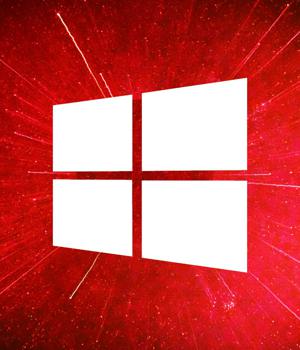Security News > 2022 > July > Microsoft quietly fixes ShadowCoerce Windows NTLM Relay bug

Microsoft has confirmed it fixed a previously disclosed 'ShadowCoerce' vulnerability as part of the June 2022 updates that enabled attackers to target Windows servers in NTLM relay attacks.
This NTLM relay attack method can be used by threat actors to force unpatched servers to authenticate against servers under the attacker's control, leading to a takeover of the Windows domain.
As Gilles demonstrated, this protocol is also vulnerable to NTLM relay attacks that enable threat actors to force a domain controller to authenticate against a malicious NTLM relay under their control.
Microsoft still has to address the DFSCoerce Windows NTLM relay attack, which uses MS-DFSNM, a protocol that allows management of the Windows Distributed File System over an RPC interface.
Last month, security researcher Filip Dragovic released a DFSCoerce proof-of-concept script that can be used to relay authentication against arbitrary servers allowing users with limited access to a Windows domain to become a domain admin.
Security researchers and experts also told BleepingComputer that the best way to prevent such attacks is to follow Microsoft's advisory on mitigating the PetitPotam NTLM relay attack.
News URL
Related news
- New Windows zero-day leaks NTLM hashes, gets unofficial patch (source)
- Microsoft: Recent Windows updates cause Remote Desktop issues (source)
- Microsoft fixes printing issues caused by January Windows updates (source)
- Microsoft: New Windows scheduled task will launch Office apps faster (source)
- Microsoft fixes Remote Desktop issues caused by Windows updates (source)
- Microsoft's killing script used to avoid Microsoft Account in Windows 11 (source)
- Microsoft tests new Windows 11 tool to remotely fix boot crashes (source)
- New Windows 11 trick lets you bypass Microsoft Account requirement (source)
- Microsoft adds hotpatching support to Windows 11 Enterprise (source)
- Microsoft starts testing Windows 11 taskbar icon scaling (source)